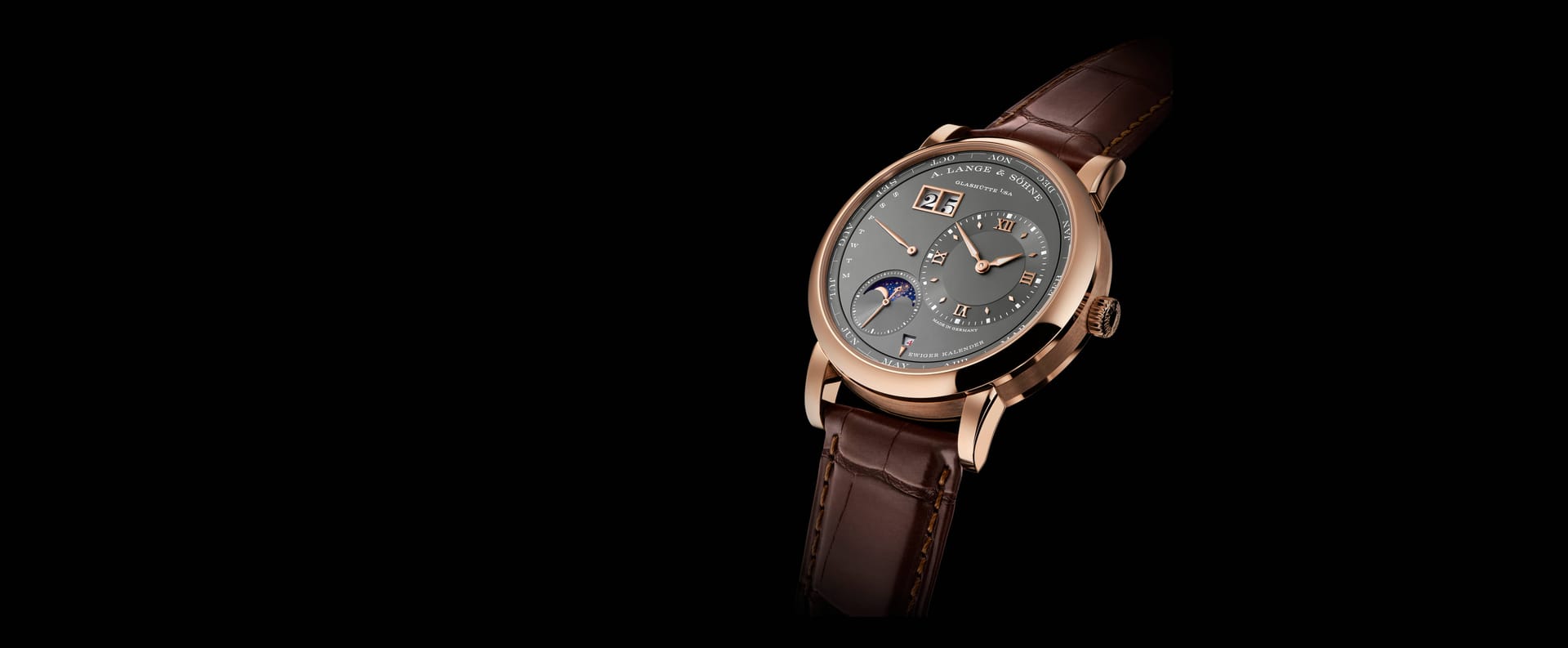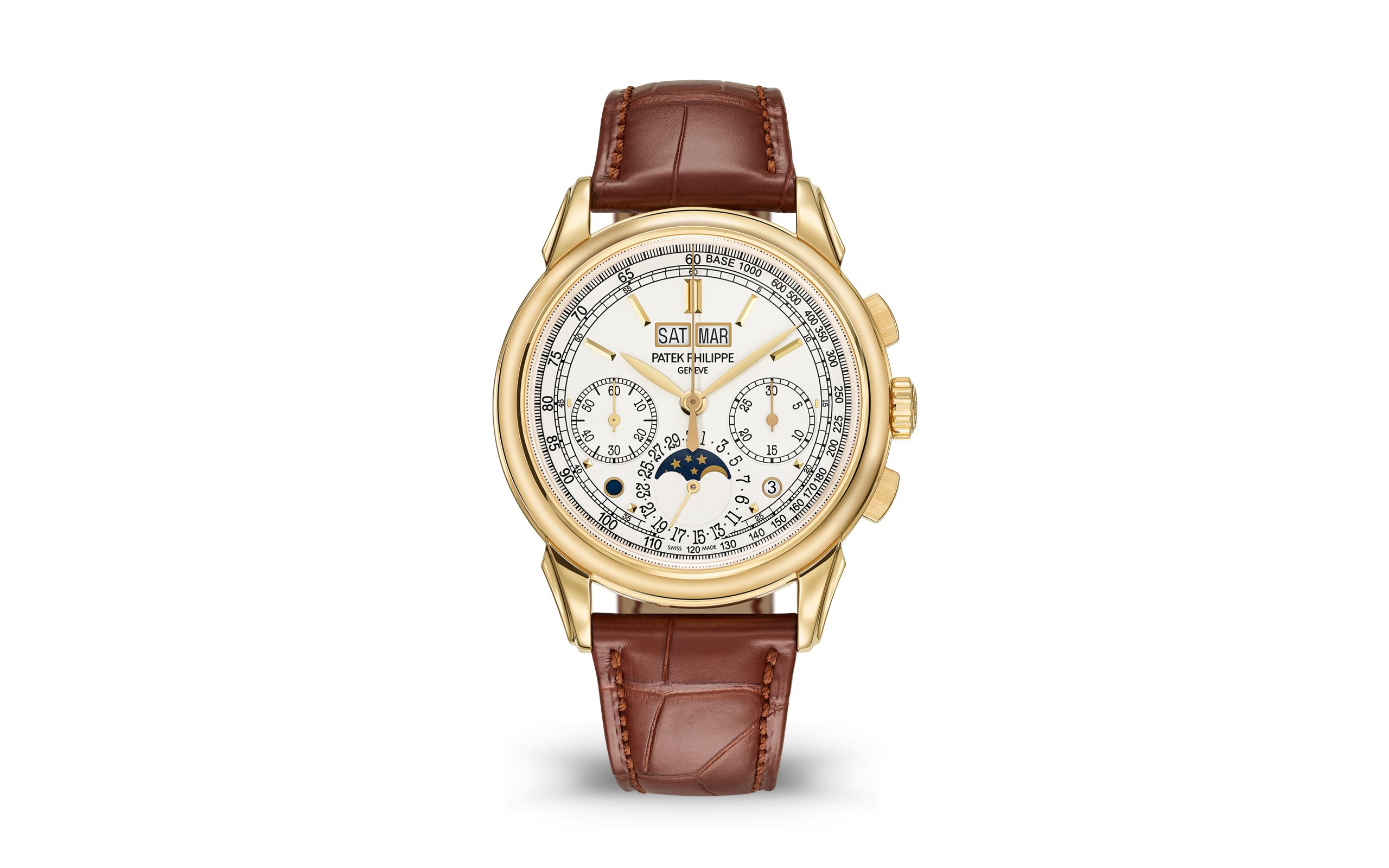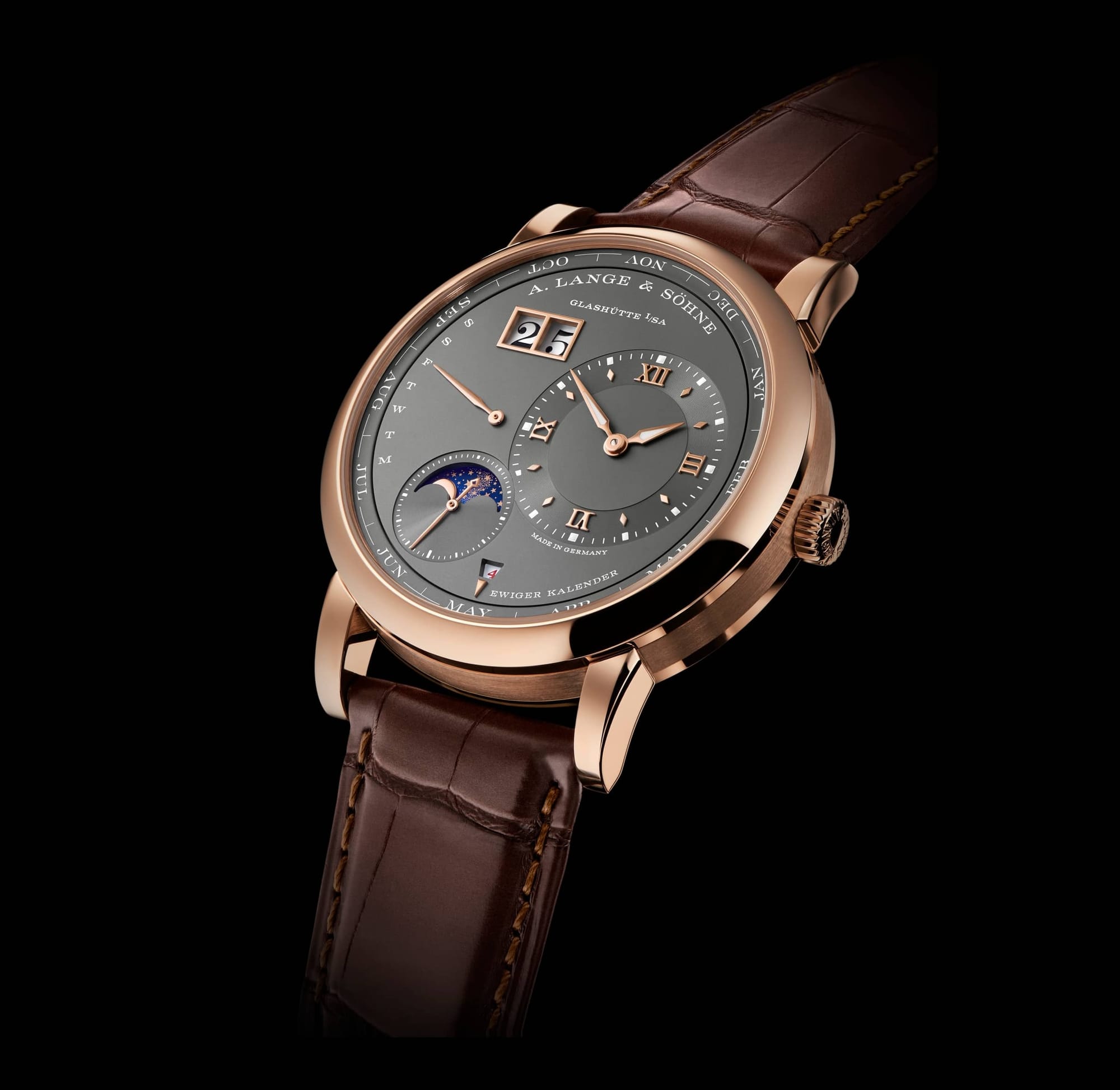Calendar types in Watches

A wristwatch provides more than just telling the time. Any additional information is called a "complication". For example, showing the date can be done in various ways, and there are numerous "date" complications. But some watches also show the day of the week, the month, the year, and many other things.
Digital watches have it easy, but things get complicated with mechanical watches. I've discovered that showing something as simple as a date is tricky for mechanical watches. Mechanical watches that can show a date correctly are pretty rare, and the ones that do are very expensive (starting at ~$10k).
But why? Let me explain.
No date
This is the simplest form of a watch. Some prefer mechanical watches, especially if they are not self-winding (automatic) because, in the old days, you had to be very careful when adjusting a watch that had a date complication when it was midnight. No date means just adjusting your time. But the topic of this blog calendars, so let's move on.

Date
A watch that many use and many have seen in their life. In the simplest form, there is a small cutout at the 3 or 6 o'clock position. A date watch always goes up to 31 days. It doesn't matter in which month you are, and because only seven months have 31 days, every other month requires you to update your date complication (these are February, April, June, September, and November). These watches are sometimes called "simple calendars".


Day-date
In addition to the date, a complication shows the day of the week (such as Monday, Tuesday, etc..). Some show them as a full name (i.e., Rolex Day-date), some only show the first three characters (i.e., Mon, Tue, Wed), and some watches have complications that show these in a subdial or retrograde complication. It depends on the watch style. As with the Date watches, you must configure the date and day for all 5 months of the year.


Triple Calendar
So far, we only know the day of the week and the date. Watches that also show the Month are called triple calendars. The month complication is also demonstrated in different ways. It could be a cutoff display, like the date that shows the year in Arabic numbers, or as three characters shortcuts (Jan, Feb, Mar, etc...). Or it could reuse the indices of the watch (because there are 12 indices, one per month).
![Citizen] 1952 Triple Calendar : r/Watches](https://preview.redd.it/citizen-1952-triple-calendar-v0-werk2w7czy4b1.jpg?auto=webp&s=9ac991cf129de5604283ca8e3a9eb7e591f36638)
Having a month doesn't mean the watch knows how many dates a month has. You still have to manually adjust the date on months that are not 31 days.
Complete/Full Calendar
Showing the moon's phase, whether full or new (or in between), makes the watch a Complete or Full Calendar. These watches are very aesthetically pleasing. The moon phase adds another complexity to the dial, making it busier for some dials.

Like the Triple calendar, it does not consider the variable lengths of the months and needs to be corrected five times a year at the end of those months shorter than 31 days.
Annual calendar
The annual calendar was a tremendous innovation when Patek Phillipe released it to the public with their 5053 ref watch. Unlike a complete calendar, it automatically adjusts the calendar complication for the months of 30 or 31 days, leaving the owner to manually adjust the date once a year at the end of February. It was less complex than other calendar types, such as Perpetual Calendars.


Quadrennial / Four-year / Semi-Perpetual calendar
This type of calendar is an improvement over the Annual calendar. With quadrennial calendars, as the name implies, you don't need to adjust the calendars for four years until a leap year occurs. When February has 29th days, these watches need to be readjusted, and the date complication needs to be moved a day forward.
So, the main difference between quadrennial and annual calendars is that quadrennial calendars take into account the shorter days of February, which the annual calendar ignores.
An example of this type of watch is the Breitling Navitimer 1461. Because it only needs adjustment on February 29th, it takes 1461 days between each adjustment, hence the name.

Perpetual calendar
Perpetual calendars are the most famous and well-known and also one of the most expensive calendar watches out there. Unlike annual or Quadrennial watches, these watches also consider the leap year until 2100. If you buy one now, you can use it for 76 years without having to readjust your watch.

The complexity of these watches also means once the mechanical watch is not worn for quite a time, it'll stop working (nit: hence, most watchmakers also give you a winder, an electrical motor that spins the watch when you're not wearing). If the watch stops, readjusting the Perpetual calendar is not as easy as adjusting a simple date calendar. Certain watches make it simple, but some watches need several small holes to be pushed on a specific order. Because of these complexities, perpetual calendars also show a power-reserve complication, which shows how much the watch will run if it is not worn.
A. Lange & Söhne has a short video showing how various levers and hands operate to support Perpetual Calendars in watches.
To configure it correctly, perpetual calendars always have an additional "leap year" complication. A simple dial that shows four numbers, one of them red, indicating the leap year. Hence, the user can configure the watch correctly by configuring the leap year.

LANGE 1 PERPETUAL CALENDAR, also known in German as the "Ewiger Kalender" (Ref 345.033 E).
But in daily life, knowing the leap year is not that important; hence, some watchmakers put them on the back of the watch to make room on the dial. Second, it's important to note that not all perpetual calendars show the year. Some don't have any year complications, but they can still compute the leap year, and the watch user doesn't have to configure the watch every four years.


H. Moser & Cie's ENDEAVOUR PERPETUAL CALENDAR (REF. 1800-0204). There is no year complication. The month is shown via a tiny hand that is depicted between the hour and minute hand. On the back of the watch, you can see a gear that shows the years 1,2,3, and the leap year via the black indicator.
Secular Perpetual Calendar
The pinnacle of calendars in mechanical watches is the Secular Perpetual Calendar, a true masterpiece, and there are limited watches in this section. First of all, Perpetual means forever. However, as seen in the previous section, they only last until 2100. Why?
Because the year 2100 is not a leap year until 2400. The rules for leap years in the Gregorian calendar (the most widely used calendar) are:
- Every four years is a leap year.
- No leap years on 100-year cycles (i.e. 2100, 2200, etc..).
- Leap year on 400-year cycles (i.e. 2400, 2800).
Secular Perpetual Calendars are calendars that take into consideration this rule. They are the most superior calendar type you can find in a watch.
There are few examples of this watch type, but watch manufacturers create them to showcase their craftsmanship and show the world what they can achieve. Recently, IWC released a Secular Perpetual Calendar called the "Eternal Calendar."

Verdict
As you have seen, displaying the date is not easy, and most of the mechanical watches you see daily are quite limited in how they show you the date, month, or year. Watches capable of being Perpetual Calendars are expensive because they require high engineering, special materials, and excellence. The most important fact is, that mechanical watches need to store some state over the years, and certain gears should be wound and triggered only when the time comes. That's not an easy feat.
Not many watchmakers can do it. This was why Patek Phillipe released an Annual Calendar; adjusting it once a year was a good compromise. Many watchmakers even don't provide a perpetual calendar at all. Most watches are simple date watches, and that's enough for many people.
Thanks for reading. If you're reading through an email, reply if you have any feedback or question. If you're not subscribed, feel free to subscribe for more content.